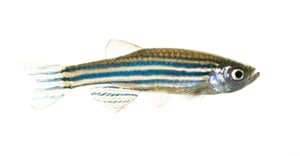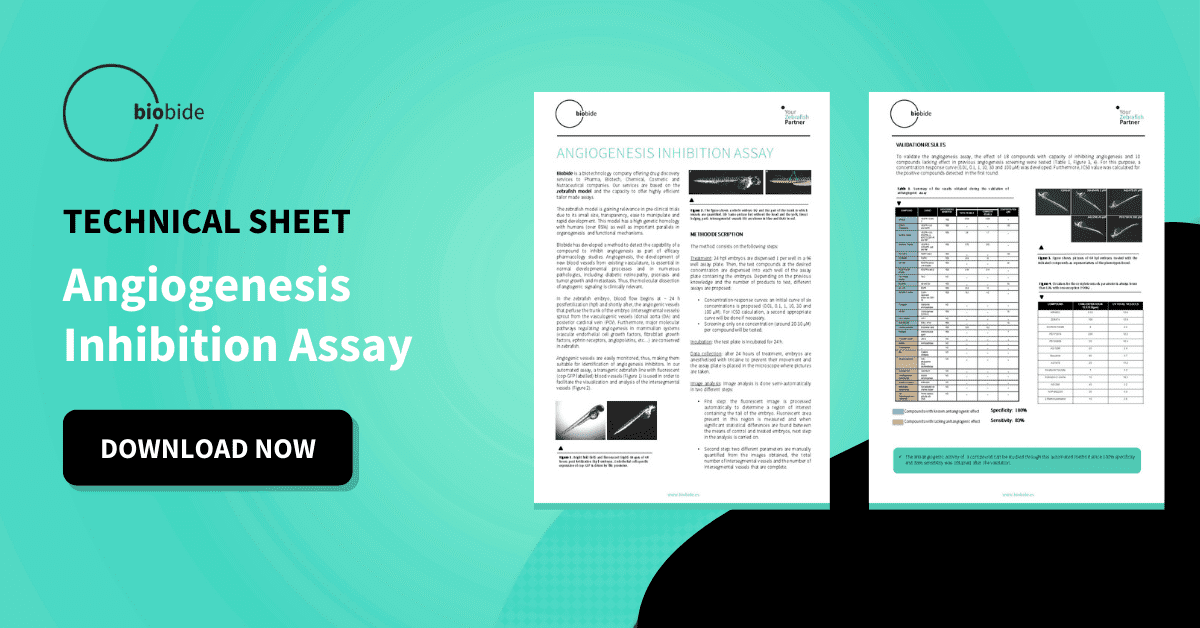Before the sale and marketing of cosmetic products, manufacturers and distributors must ensure they are safe for use by humans. There is a legal obligation to fulfill in terms of adherence to certain safety and toxicity regulations.
These regulations have led to a need for alternative non-animal-based cosmetic testing methods to be developed. In this article, we will explain some alternative models that can be used for cosmetic testing.
Changes in Animal Testing
In the past, the safety and toxicity of cosmetic products and their ingredients were mainly tested on animals, however, in recent years this has changed. Animals are no longer the main means for cosmetic testing due to ethical, efficiency and economic reasons.
There have been calls to stop cosmetic testing on animals for several years, and as technology develops the use of alternative models has become possible.
Over the past 30 years, various groups and members of the public have protested against animal testing, considering it an inhumane practice. In 2010, the EU Directive 2010/63/EU on the protection of animals used for scientific purposes was issued, which bans the testing and marketing on animals of any completed cosmetic products and their ingredients.
The Directive encompasses The 3Rs Policy: Refinement, Reduction and Replacement, which adopts the guidelines researchers should follow when testing on animals.
Since the Directive was issued several European countries have banned cosmetic testing on animals and have introduced the use of alternative models. As a result, the cosmetic field has become one of the most advanced in the area of alternative models for animal testing. The EU Parliament is promoting an eventual global ban for cosmetic testing on animals and is aiming for this to be introduced in 2023.
Additionally, several states in the United States, like California, Nevada and Illinois, have banned the sale or import of cosmetics tested on animals. Many countries around the world are also in the process of stopping cosmetic testing on animals.
Using alternative models is often more efficient than testing on animals, as a result can be obtained in a much shorter time. Accuracy also plays a part in using alternative models, as animals do not necessarily have the same architecture as the human body.
Testing on alternative models is also cheaper than testing on live animals, as the cost of breeding, feeding, housing and carrying out the tests is often lower. Let’s look at some examples of alternative models for cosmetic testing.
What are the Alternatives to Cosmetic Testing on Animals?
The dramatic reduction in cosmetic testing on animals has resulted in the successful development of several alternative models. These alternative models include:
- Zebrafish for in vitro testing. As zebrafish larvae are considered an in vitro assay when they are under 5 days post-fertilization, this model complies with the above EU Directive. Thanks to their ability to breed quickly and produce hundreds of larvae at one time, Zebrafish are a cost-effective choice for cosmetic testing. Of particular note is nanotoxicity testing on skincare products due to damage from the harmful rays of the sun.

- Human volunteers. Skin sensitivity and similar tests are today often carried out on human volunteers, which is beneficial as an animal’s skin is often not a replica of human skin type. These tests are used to establish whether a product can be used for anti-ageing, brightening, skincare, cellulite reduction, hydration etc.
- Computer models. Most cosmetics are designed to treat the skin’s surface, but some potentially harmful ingredients can penetrate the skin. Computer model testing has advanced significantly over the past two decades and has been successfully implemented in many fields of research, including cosmetics. Advanced algorithms can be used to predict where certain chemicals contained in cosmetics may end up in the body, as well as their potential toxicity and efficacy.
- In vitro testing. This testing method uses human cell cultures that are grown in laboratories specifically for testing. Virtually every human cell can be grown in this way. The method allows scientists to reconstruct the epidermis for testing. Another type of in vitro testing is the use of human cells and tissue donated by volunteers who have undergone cosmetic surgery, transplants or biopsies. More recently, an alternative source of cells may come from induced pluripotent stem cells (iPSCs) which can also be derived to the desired cell type for testing these compounds.
Alternative models for cosmetic testing on animals are a particularly suitable solution for research as cost savings and effectiveness mean more research can be undertaken. This is a breakthrough for the scientific field, especially as cosmetic testing is essential for human safety.



.jpg?width=600&name=3-(1).jpg)


